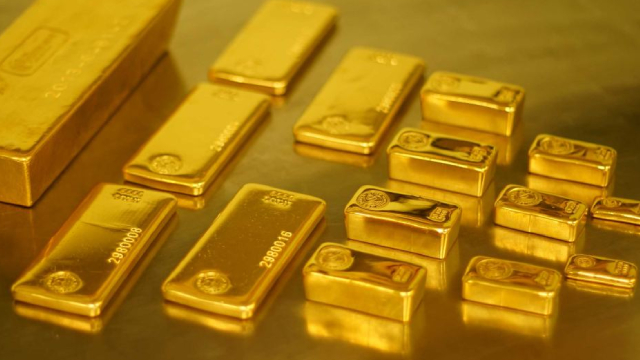CAT Stock Recent News
CAT LATEST HEADLINES
CNBC's Mad Money is an extremely popular show, hosted by the charismatic Jim Cramer.
Asking 'why' repeatedly is crucial for investors to understand the root causes of macroeconomic shifts and avoid being blind sided by market disruptions. The current U.S. policy shift favors growth over inflation control, increasing risks of higher inflation and short-term debt refinancing challenges. Given these risks, I recommend increasing exposure to real assets, REITs, and cyclical value stocks for inflation protection and potential outperformance.
Savvy investors know not to overlook the power of dividends. And Warren Buffett, arguably the savviest investor of all, appreciates dividends, too.
President Donald Trump's "America First" policy has put American companies back in the spotlight. Trump wants to prioritize national interests, with a focus on boosting domestic manufacturing and protecting key industries from unfair trade practices and foreign competition, among other things.
When it comes to CNBC and stock advice, no name is bigger than Jim Cramer.
Caterpillar (CAT) closed the most recent trading day at $398.43, moving +1.92% from the previous trading session.
The Investment Committee give you their top stocks to watch for the second half.
The Senate just passed an amended version of President Donald Trump's "One Big Beautiful Bill Act" (OBBBA) in a dramatic 51 to 50 vote early Tuesday morning, with Vice President JD Vance casting the tie-breaking vote. While the amended bill must still return to the House for approval -- and faces strong opposition from Elon Musk and concerns about adding $3.3 trillion to the national debt -- clear winners are being created by the $150 billion military spending boost, $46.5 billion for border infrastructure, and targeted tax cuts.
Caterpillar (CAT) has been one of the stocks most watched by Zacks.com users lately. So, it is worth exploring what lies ahead for the stock.
The U.S. Dollar Index is down 10% in the first half of 2025. That's the weakest year-to-date performance since 1972, when the United States moved away from the gold standard.








